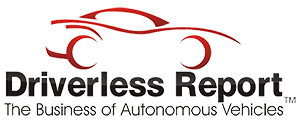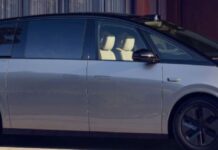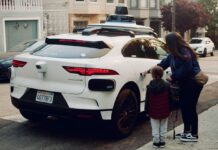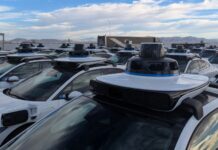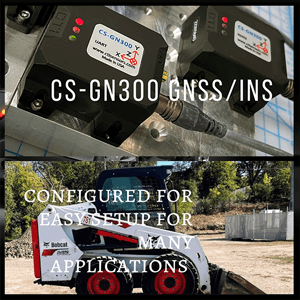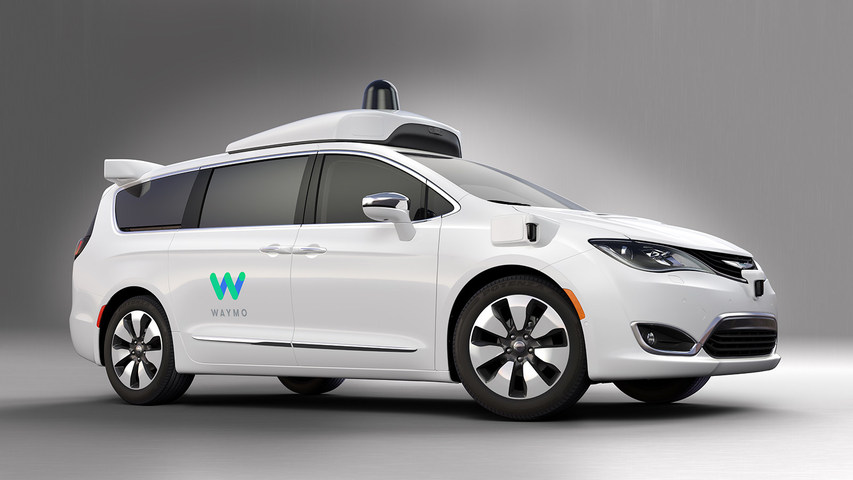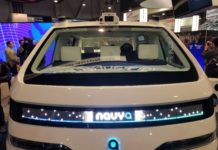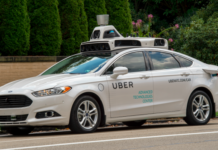The National Highway Traffic Safety Administration (NHTSA) said last week that it will change its autonomous vehicle rules to make it easier for companies to roll out new systems on public highways. NHTSA also said it was removing unnecessary and duplicative requirements for reporting AV crashes and advanced driver assistance systems (ADAS).
While some view the announcement as kind of a tip of the hat to Tesla TSLA -1.25%↓, which saw its stock rise after the announcement, the Trump Administration has indicated it is more of a AV competition with China.

“This Administration understands that we’re in a race with China to out-innovate, and the stakes couldn’t be higher,” said U.S. Secretary of Transportation Sean Duffy, in a statement. “As part of DOT’s innovation agenda, our new framework will slash red tape and move us closer to a single national standard that spurs innovation and prioritizes safety.”
The government says the new framework focuses on a risk-based approach, outlining safety standards and performance requirements that AV developers must meet. It also establishes guidelines for data sharing, cybersecurity, and ethical considerations surrounding AV deployment. The Transportation Department believes the new framework, which it believes will create a consistent regulatory landscape for both state and federal regulators, will prevent a patchwork of conflicting regulations that could hinder the technology’s progress.
Framework Follows Scrutiny of Tesla Crashes
The unveiling of the new federal guidelines comes amid increasing scrutiny of existing automated driving systems, particularly Tesla’s Autopilot feature. According to a recent Chicago Tribune report, federal regulators have been examining numerous crashes involving Tesla vehicles where Autopilot was suspected of playing a role. These investigations have raised questions about the current safety standards and the limitations of existing partial automation technologies.
While not explicitly mentioning Tesla, the focus on risk-based assessments and performance standards suggests a move towards more robust oversight of all levels of automated driving technology, including those currently available to consumers. The DOT’s emphasis on data sharing could also provide regulators with more comprehensive information to evaluate the safety and effectiveness of these systems in real-world conditions, the Tribune reported.


